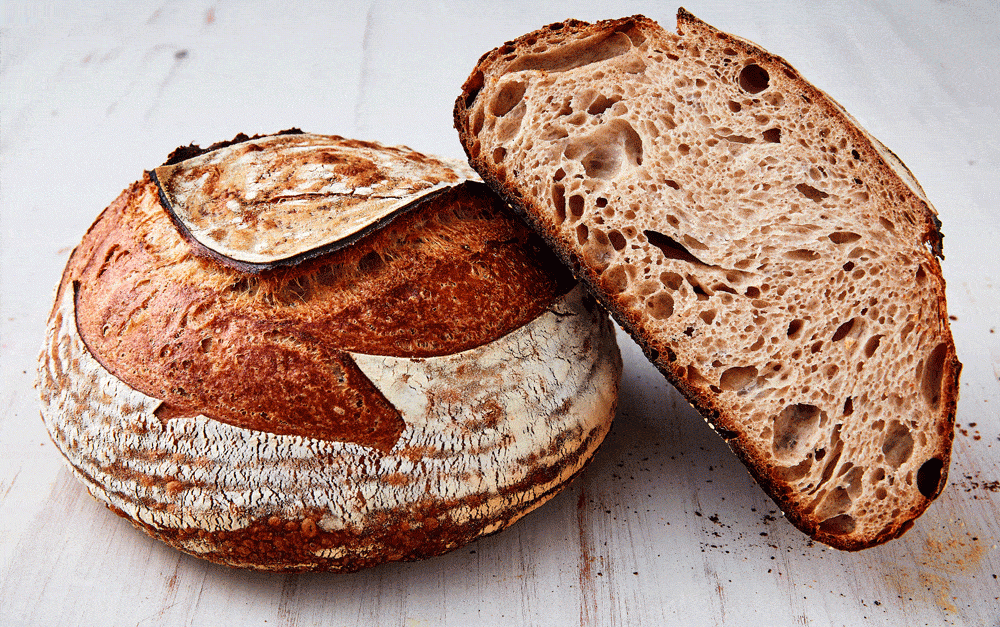we are closed
Unfortunately we have had to close the bakery for good. Thanks to all our loyal customers for your support over the years. It was a privilege breaking bread with you.
Unfortunately we have had to close the bakery for good. Thanks to all our loyal customers for your support over the years. It was a privilege breaking bread with you.
